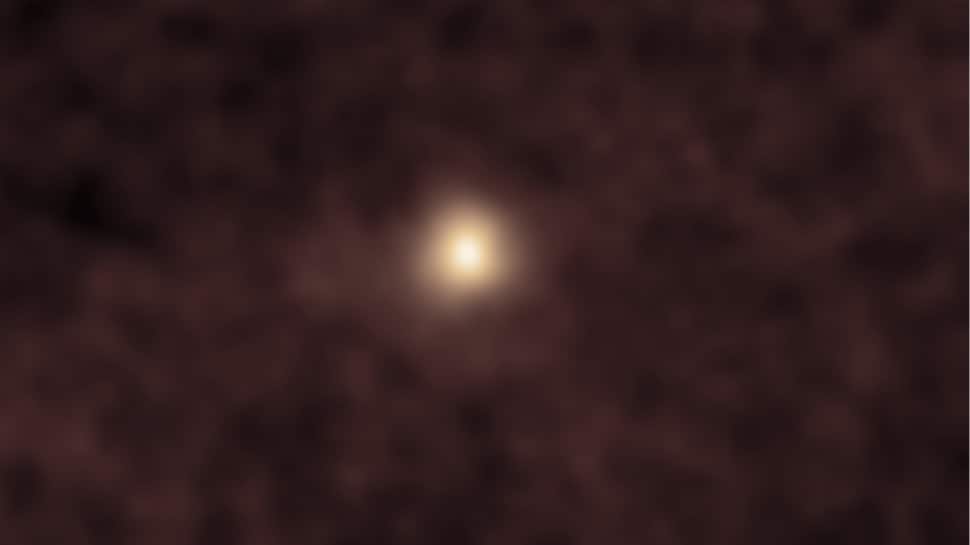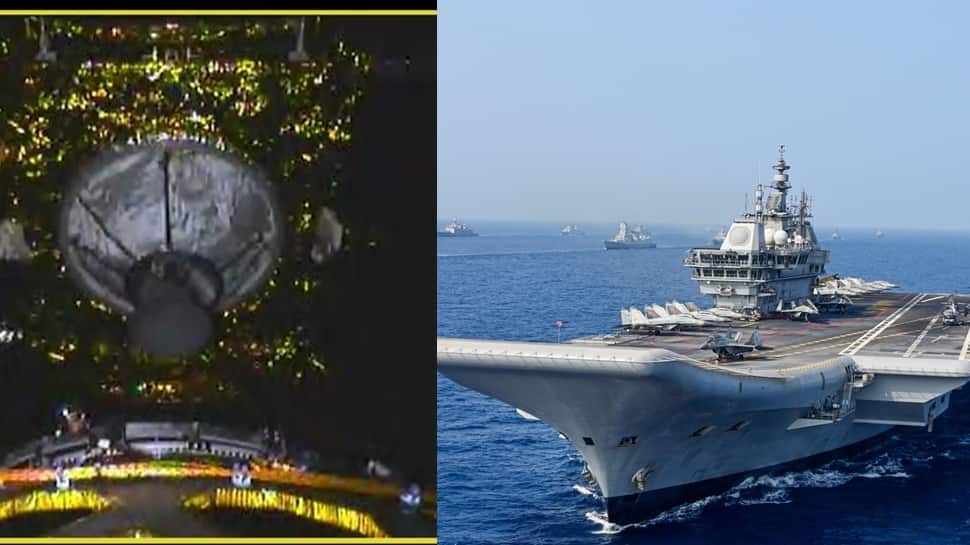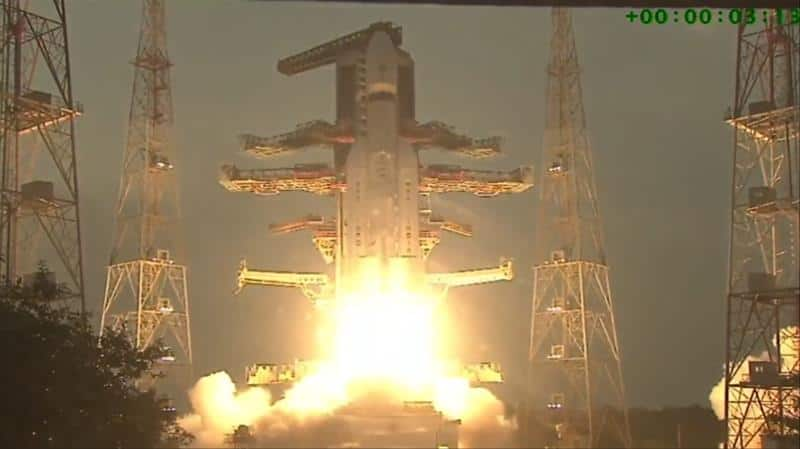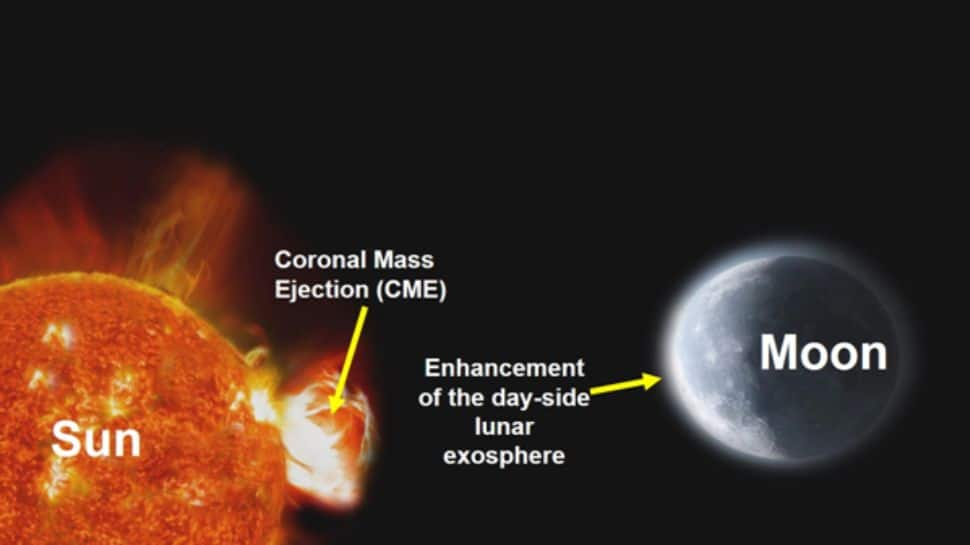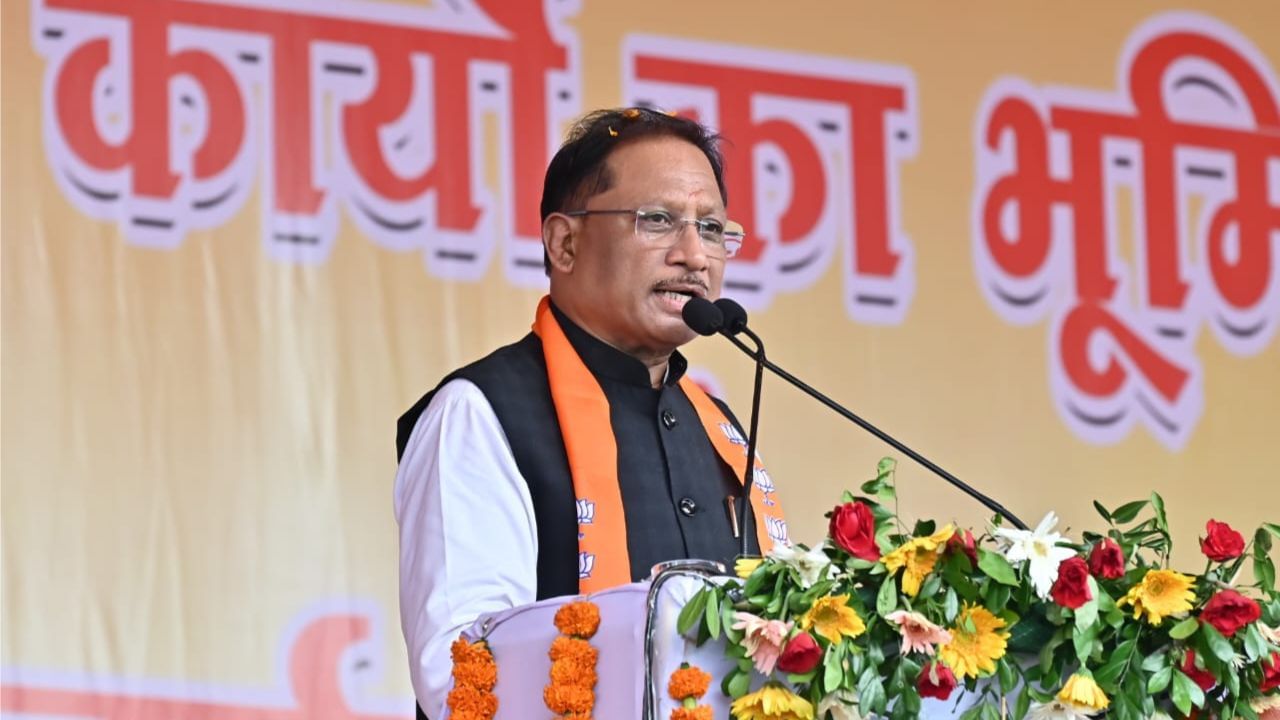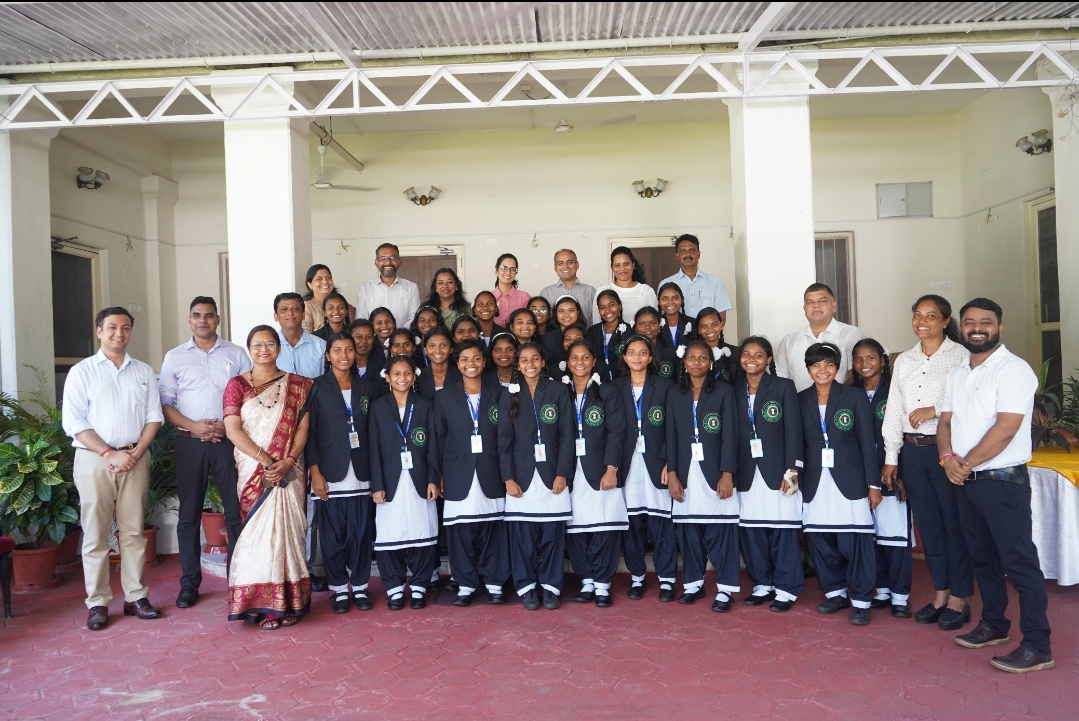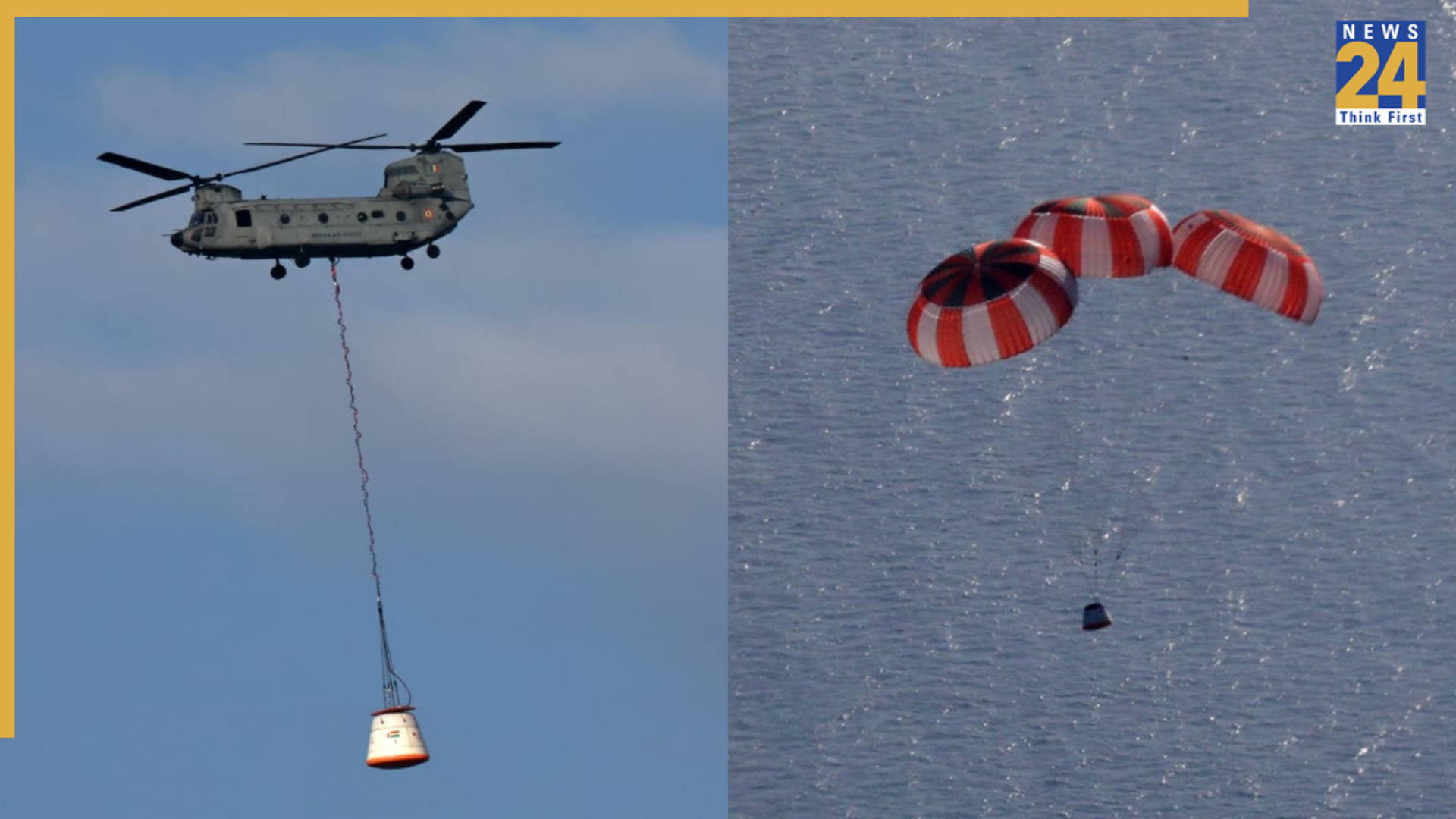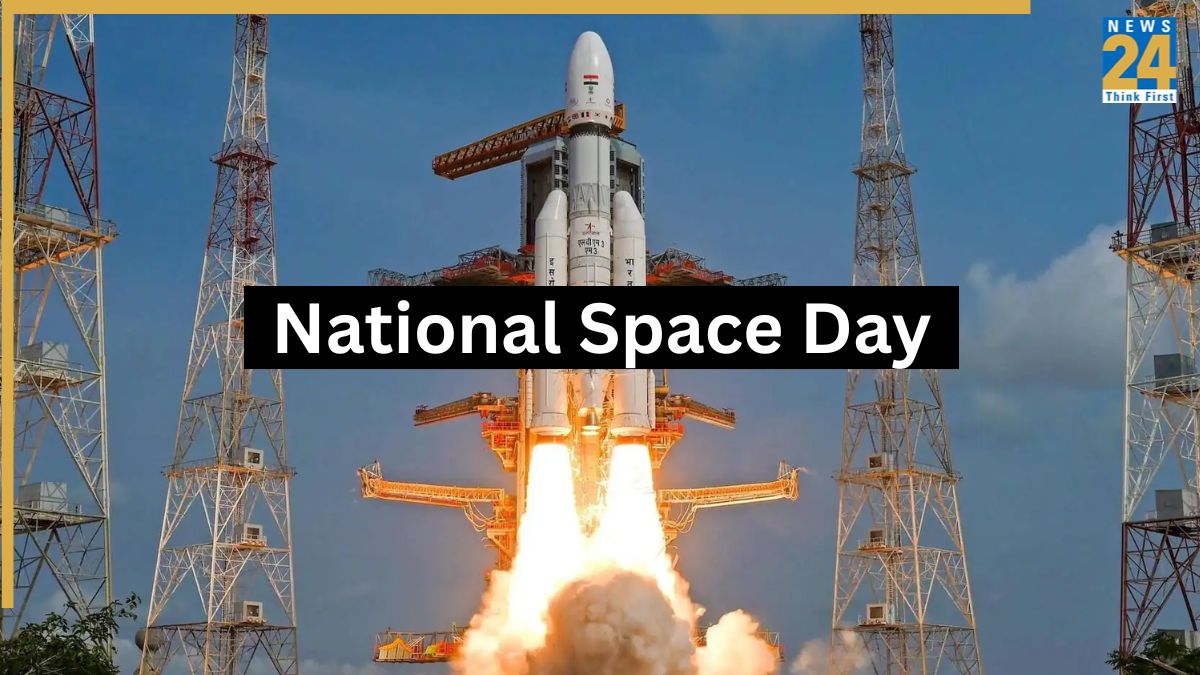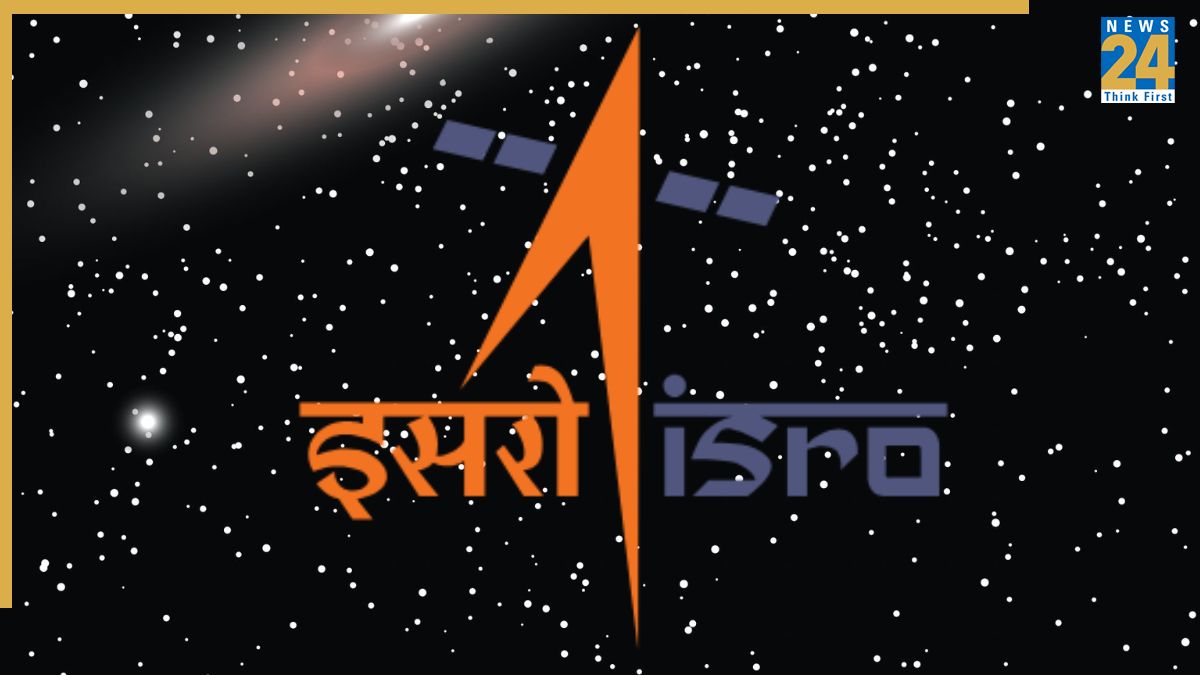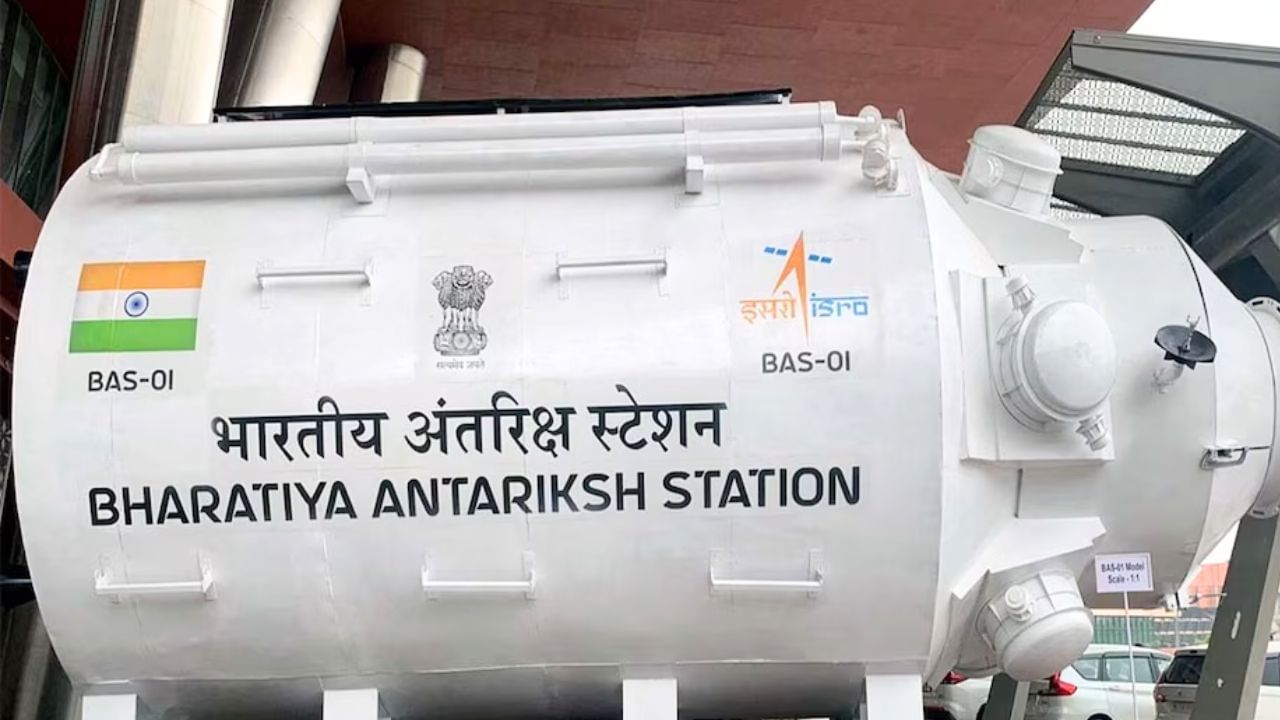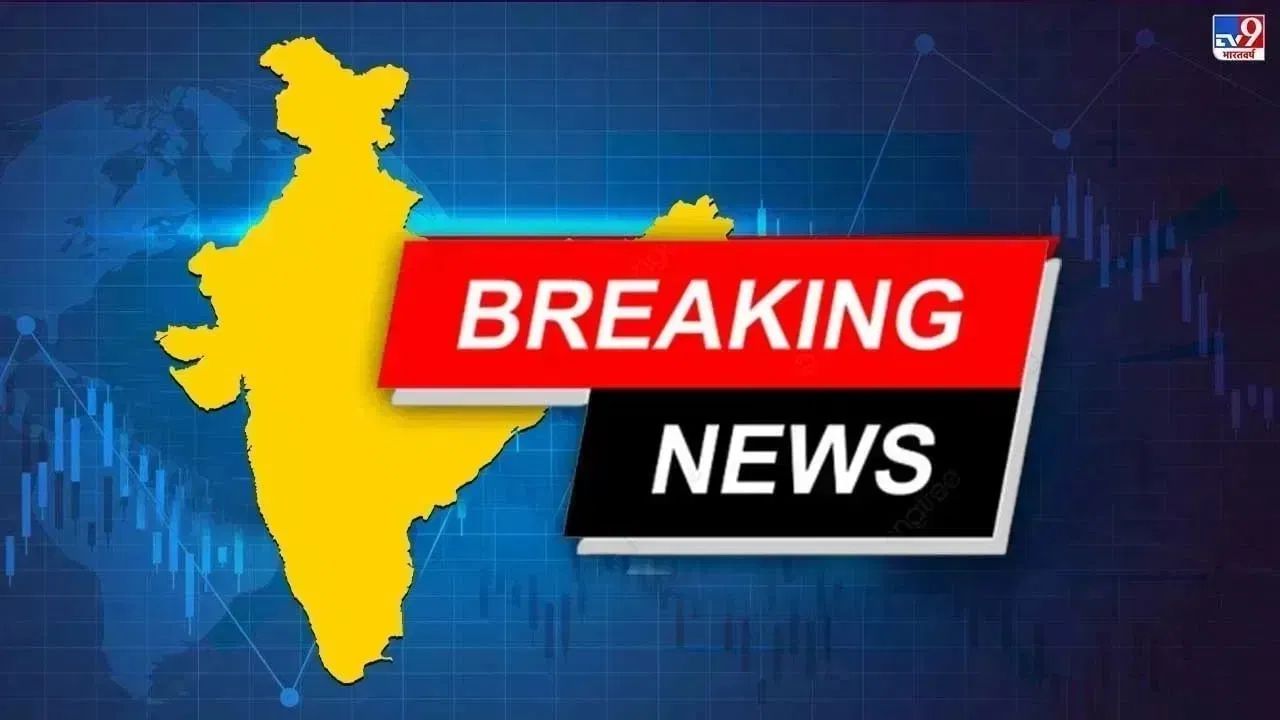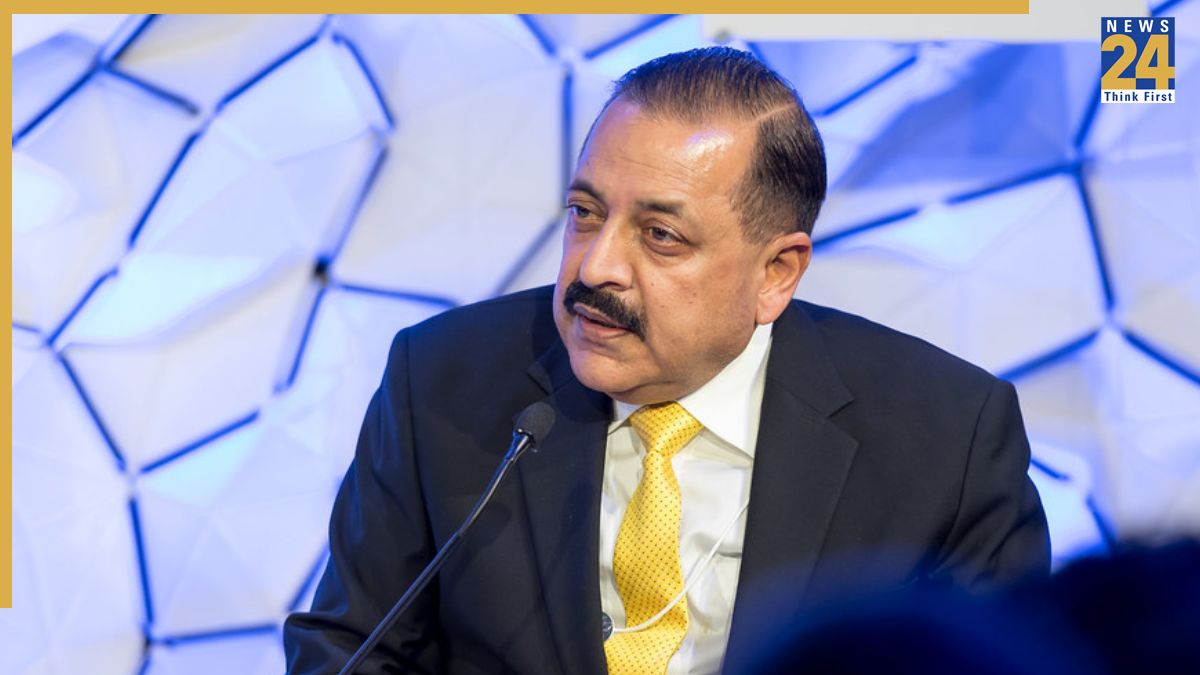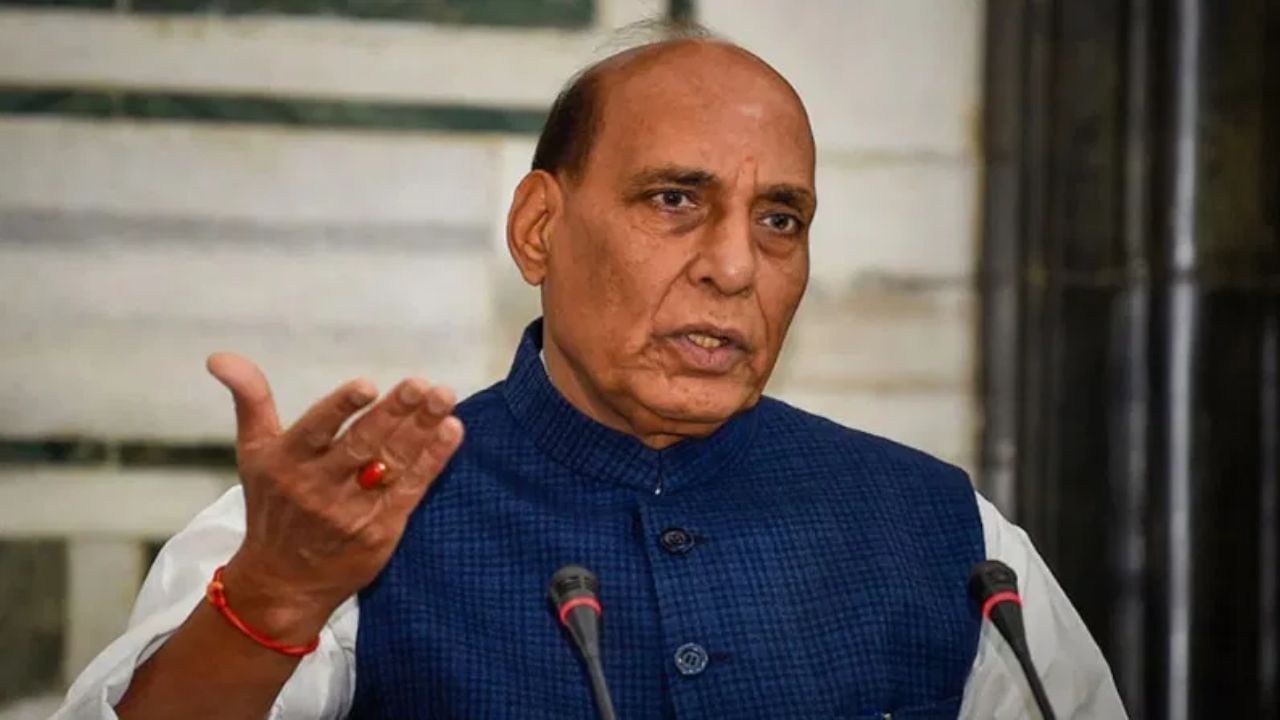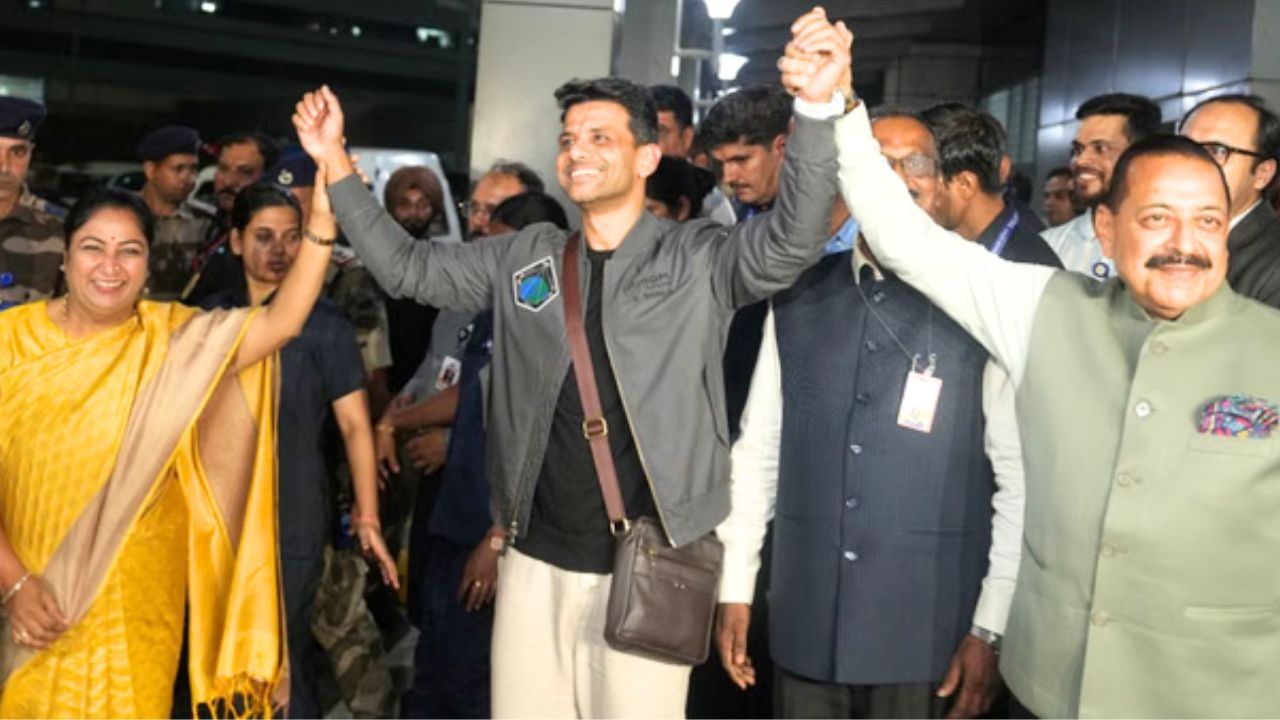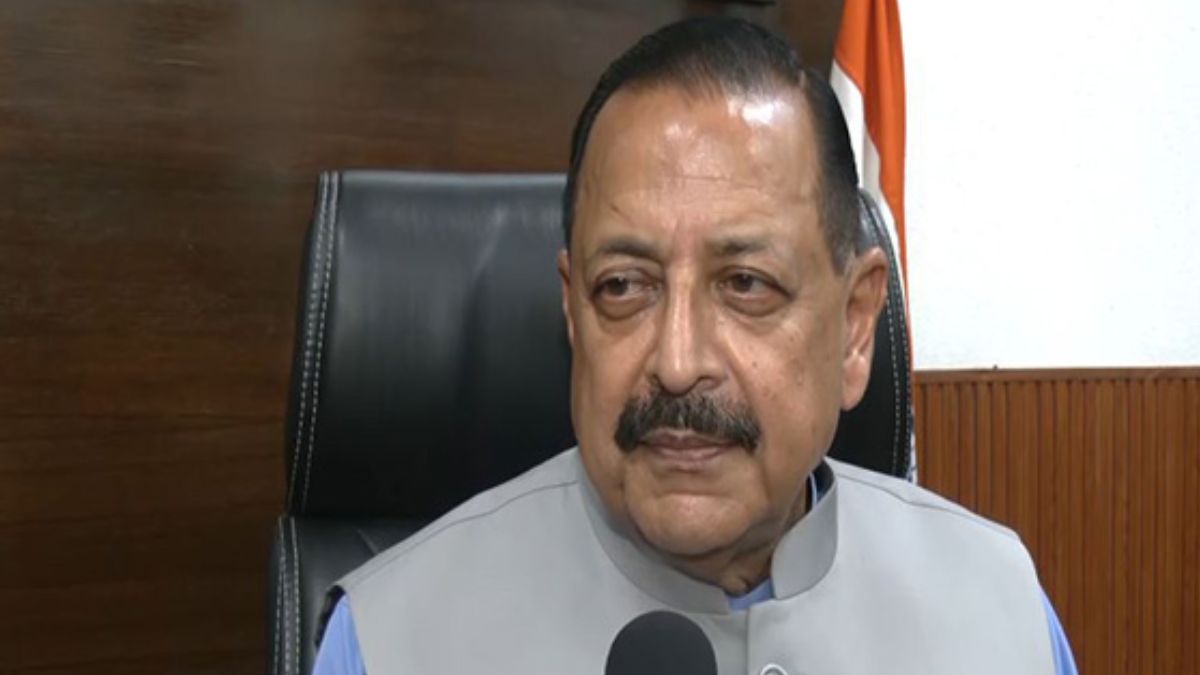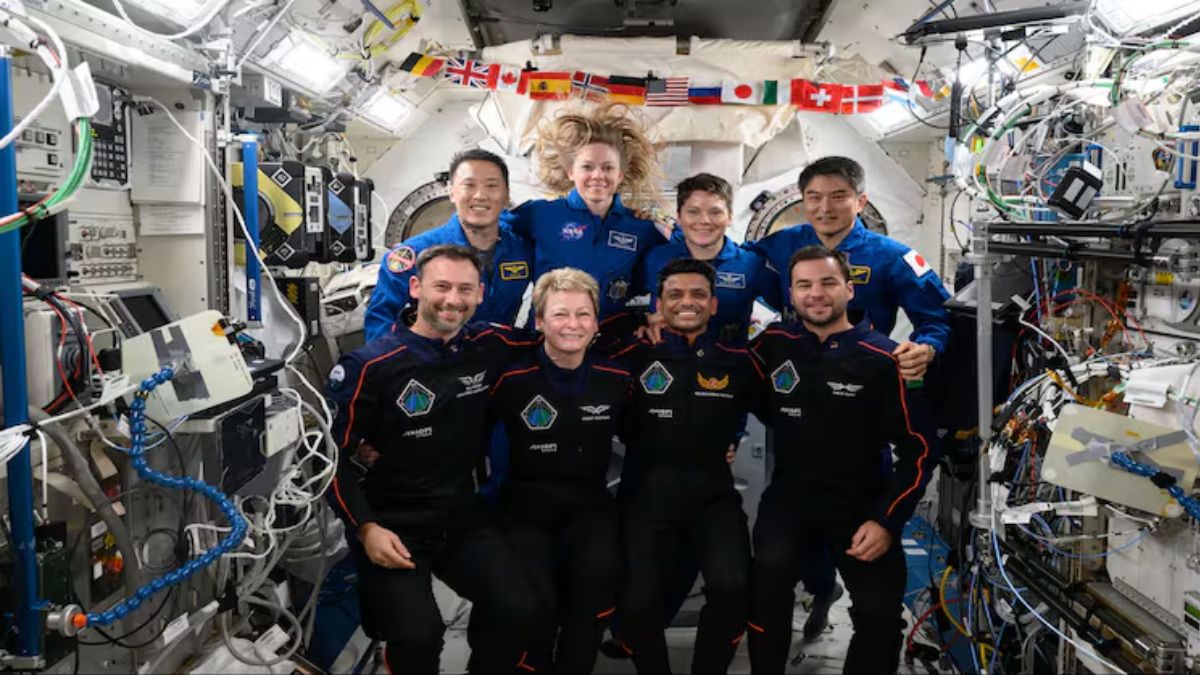Subscribe to Updates
Get the latest creative news from FooBar about art, design and business.
Browsing: ISRO
The Indian Space Research Organisation (ISRO) plans to launch the first uncrewed mission of the Gaganyaan program in December, as stated by…
Made in India Chip: A New Identity for a Developed India – CM Vishnu Deo Sai Congratulates PM Modi
Chief Minister Vishnu Deo Sai hailed the Made in India chip as a major achievement for the country, attributing it to Prime…
Students Return from ISRO Educational Excursion, Share Experiences with Deputy Commissioner
A group of 28 female students from various government schools in the district embarked on an educational tour to ISRO. Upon their…
The Indian Space Research Organisation (ISRO) has successfully completed its first Integrated Air Drop Test (IADT-01) as part of the Gaganyaan mission.…
India marked its second National Space Day with celebrations highlighting the nation’s advancements in space exploration. The day commemorates the historic landing…
India is celebrating its second National Space Day with significant enthusiasm and pride today. This day commemorates the momentous soft landing of…
The Indian Space Research Organisation (ISRO) presented a model of the Indian Space Station (BAS) module at the two-day National Space Day…
External Affairs Minister S. Jaishankar is scheduled to hold discussions with Russian Foreign Minister Sergey Lavrov in Moscow. Rahul Gandhi will participate…
India Outlines Ambitious Space Exploration Goals: Moon Landing by 2040, Space Station by 2035
The Union Minister of State for Science and Technology highlighted India’s advancements in the space sector, noting that scientific experiments conducted by…
The 18th day of the monsoon session of Parliament began with disruptions from the opposition. Protests and sloganeering erupted over the Bihar…
Group Captain Shubhanshu Shukla, the Indian Air Force pilot who served as a pilot on NASA’s Axiom-4 space mission, has returned to…
The Indian Space Research Organisation (ISRO) is slated to launch a 6,500-kilogram communications satellite built by the United States in the coming…
Union Minister Jitendra Singh expressed his excitement on Monday following the successful undocking of the Axiom-4 mission. He highlighted the nation’s anticipation…
Group Captain Shubhanshu Shukla, the first Indian astronaut to visit the International Space Station (ISS), is set to return to Earth after…
During the Axiom Mission 4 (Ax-4), ISRO astronaut Shubhanshu Shukla, currently on the International Space Station (ISS), performed scientific experiments focused on…
Indian Pilot Shubhanshu Shukla Soars to Space with SRK’s ‘Yuh Hi Chala Chal’ on Axiom Mission 4
Before the Axiom Mission 4 (Ax-4) launch from NASA’s Kennedy Space Center, Indian pilot Group Captain Shubhanshu Shukla shared his launch-day playlist,…


